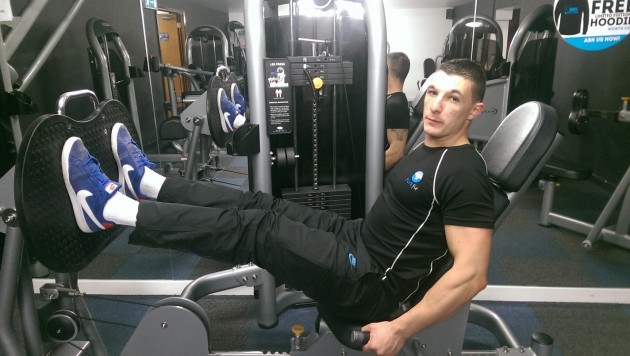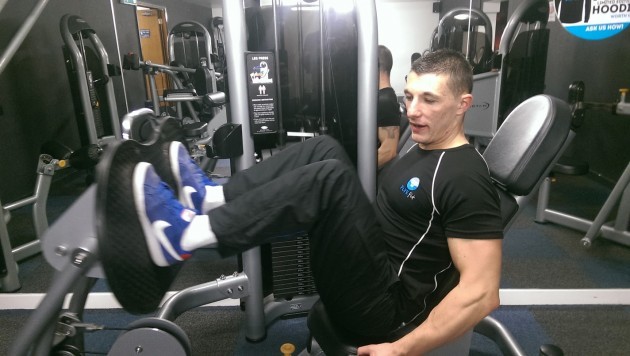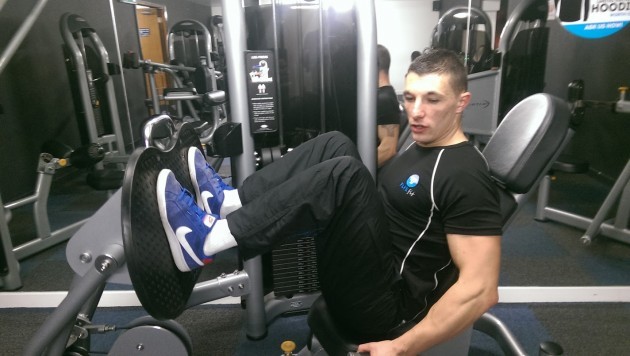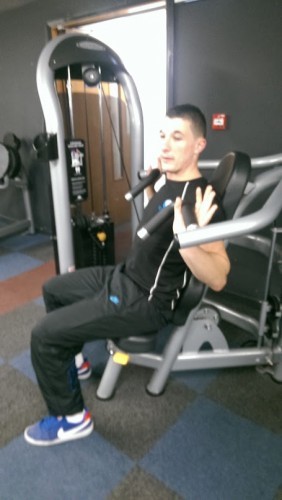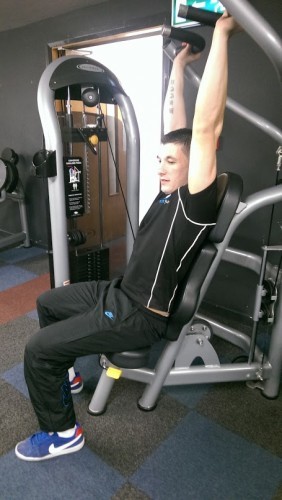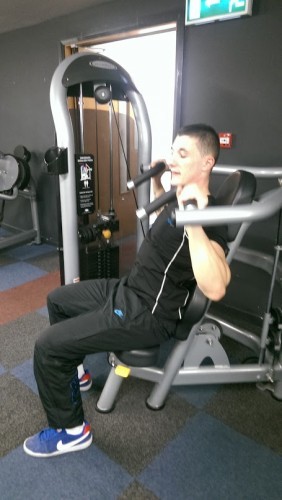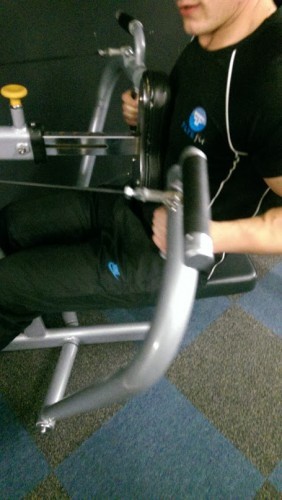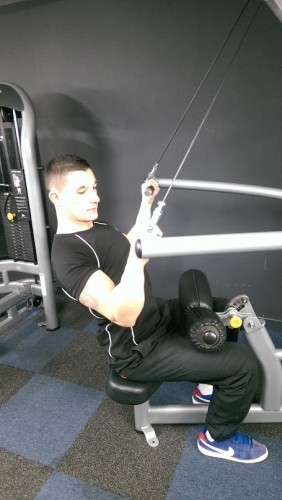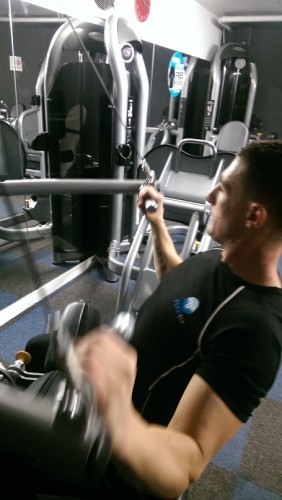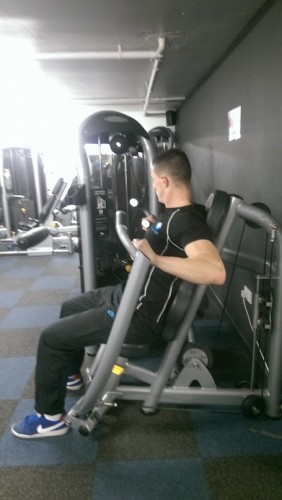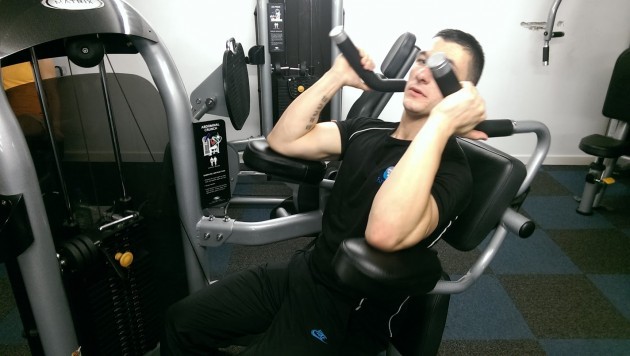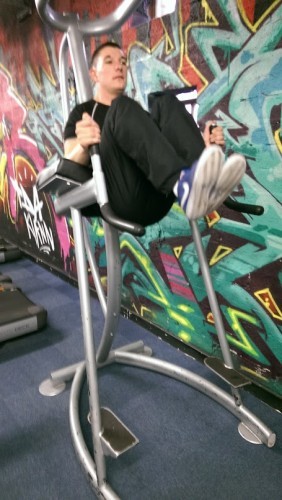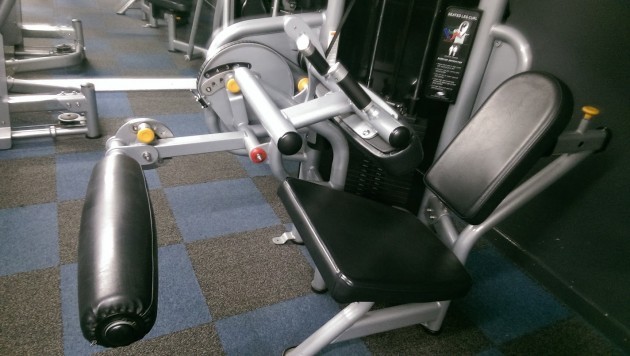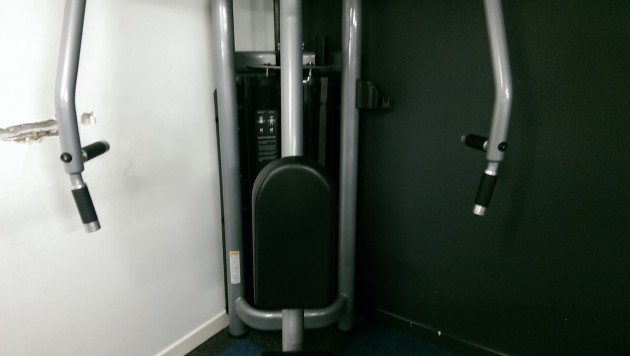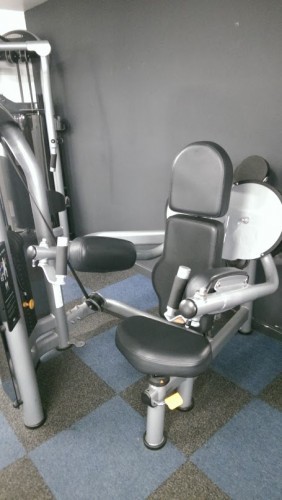‘ACCURACY’ HAS BECOME one of the most common words uttered by Irish athletes in search of greatness in recent years.
It relates, not just to hitting the target with a ball or putting your feet in the right place during competition; it encompasses everything within the daily grind of trying to become fitter, faster, stronger, better.
So, every Tuesday we’ll aim to bring you a bit of technical advice on exercises that can make all the difference to both your physique and performance. This week, we take you through the maze of moving metal in your gym.
Now, maybe you’re an experienced fitness expert whose first ever gym experience was a confident strut through equipment and apparatus that you knew exactly how to use. It just wasn’t like that for us.
So, we went to ask personal trainer Kristian Breen from FlyeFit gyms to help us pick out the strength training machines that a fledgling fitness freak should be on the lookout for (if they happened to skip the tutorial after joining the gym and now feel a little too embarrassed to go crawling back a month later).
Breen advises any beginner to use these machines as they help to maintain good form and reduce the room for error. He will also stress the importance of five machines in particular as these allow for compound exercise while other machines (which we’ll point at closer to the bottom) are for isolating specific muscles.
1. Leg press
We’ll say it until we’re blue in the face – don’t skip leg day! So where better to start than with a leg press.
You’ll recognise it because: It’s an inviting looking seat in front of a wide plate where you place your feet around stomach-high or a little above.
What good does it do? A brilliant compound exercise because you are working quads, hamstrings, glutes and even your calves as you (yep) press your feet against the plate and push your legs almost to a straight position – but not quite.
Top tip: Before you exert any pressure adjust the seat to suit your leg length so that you’re starting off with your knees not far off your chest as Breen demonstrates here.
The machine imitates… squats.
2. Shoulder press
You’ll recognise it because: The long-backed seat will be underneath the handles and bars, room for you to push them directly upwards.
What good does it do? Obviously enough shoulders; but more specifically your anterior, lateral and posterior deltoids. Your triceps and trapezius muscles will also be feeling this one.
Top tip: Just keep your arse on the seat and your back pinned to the slightly angled seat and extend your arms straight up. When coming down keep control and take your hands to just below your chin height – no lower until you’ve finished 10 reps.
The machine imitates… Dumbbell shoulder press.
3. Seated row
You’ll recognise it because: An option of low hand-grips with space for your legs between the moving support bars. The vertical support on the seat in this case is used for your chest rather than your back.
What good does it do? A key element in strengthening your back. Do this to work out your back including your trapezius, lower back muscles and your Lats (latissimus dorsi) which flank your spine.
Top tip: Keep your feet placed on the platform provided and pull the weight back into your body. Keep your chest placed against the pad and there won’t be much room for error left in your range of movement.
The machine imitates… Bent over dumbbell rows.
4. Lat pull-down
You’ll recognise it because: Two simple handles high above a seat facing directly in at the weights.
What good does it do? Primarily your Lats, but also your trapezius, rhomboids (inside your shoulder blade) and deltoids.
Top tip: Keep your feet flat on the ground and keep a steady, full range of motion from the top height you can reach, pulling down to your chest while keeping your elbows tucked in towards your body as Breen does below.
The machine imitates… Pull-ups.
5. Chest press
You’ll recognise it because: A seat at a slight angle between bars at the same angle, hand-grips placed for you to push straight forward or at a slightly upward angle.
What good does it do? This is for your pectoral muscles and will also hit your triceps and anterior deltoids.
Top tip: Keep your elbows in line with your hands on the grips and extend your arms fully before bringing it back gently.
The machine imitates… Bench press.
OK, so what are the other things then?
Strengthening your abs are another important part of core fitness as so much flows through there, so hold on tight and hop into these two.
The ab cruncher is even more straightforward than the apparatus above. Sit in, grab a hold of the head high grips and rest your elbows on the pads. Now rock forward and back and feel your stomach burn.
The Roman Chair is not so much a machine as a structure that allows you work-out using your bodyweight. So hop up, rest your weight on your elbows an raise your legs from dangling position to your chest.
WAIT, there’s more!
The below are a few isolation strength training machines you’ll find in most gyms. But as you’re a beginner to weight training you’re far better off staying with the above compound and abdominal machines than putting the cart before the horse and focusing in one small muscle groups.
The yoke below is a Leg Curl, used to target hamstrings specifically by pulling the black moving part in to the bottom of the seat with the back of your foot.
The Leg Raise is similar, but the moving part moves in the opposite direction – from low to the position below – pushed by the top of your foot to work your quads.
Here’s the Seated Fly, you can use it to shape the minor pectoral muscle on the outside of your chest. As a beginner you’re better off sticking with the Chest Press.
Along the same lines, the Lateral Raise (which asks you to raise your elbows from alongside your torso to near shoulder height) has fewer overall benefits than the Shoulder Press.
Are you using these machines or have you long since moved on? Tell us about your early gym experiences.
